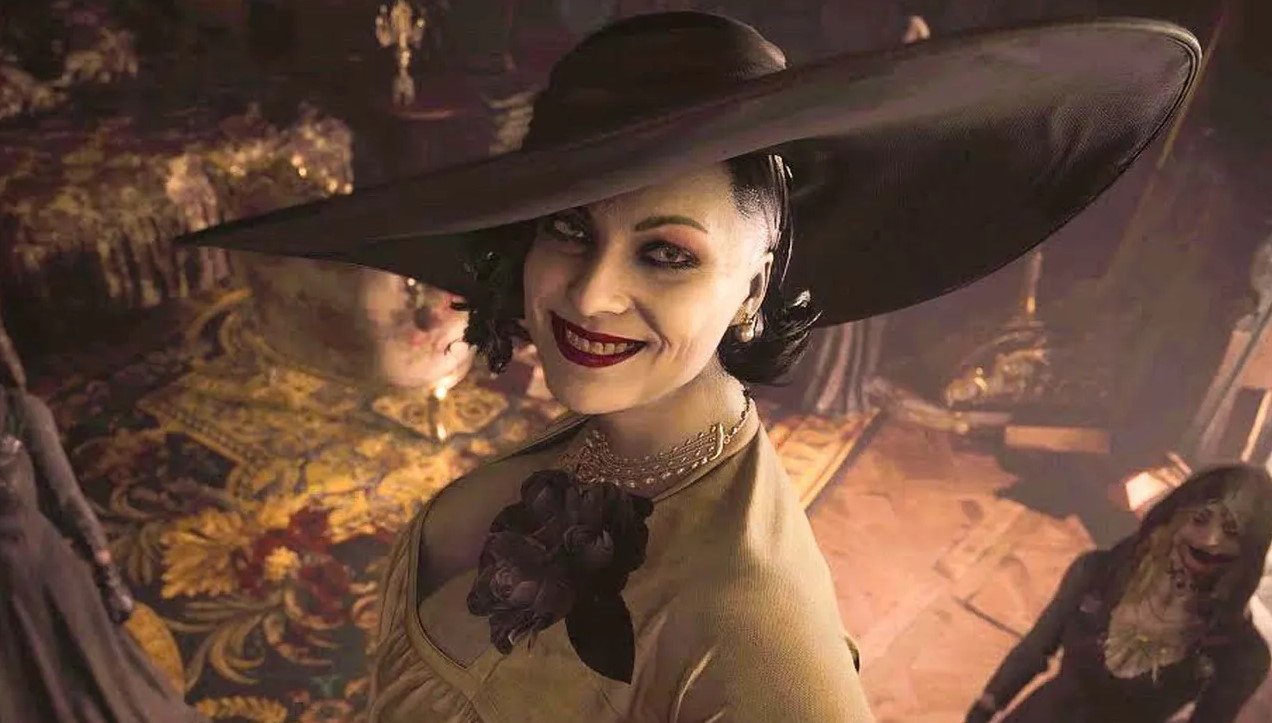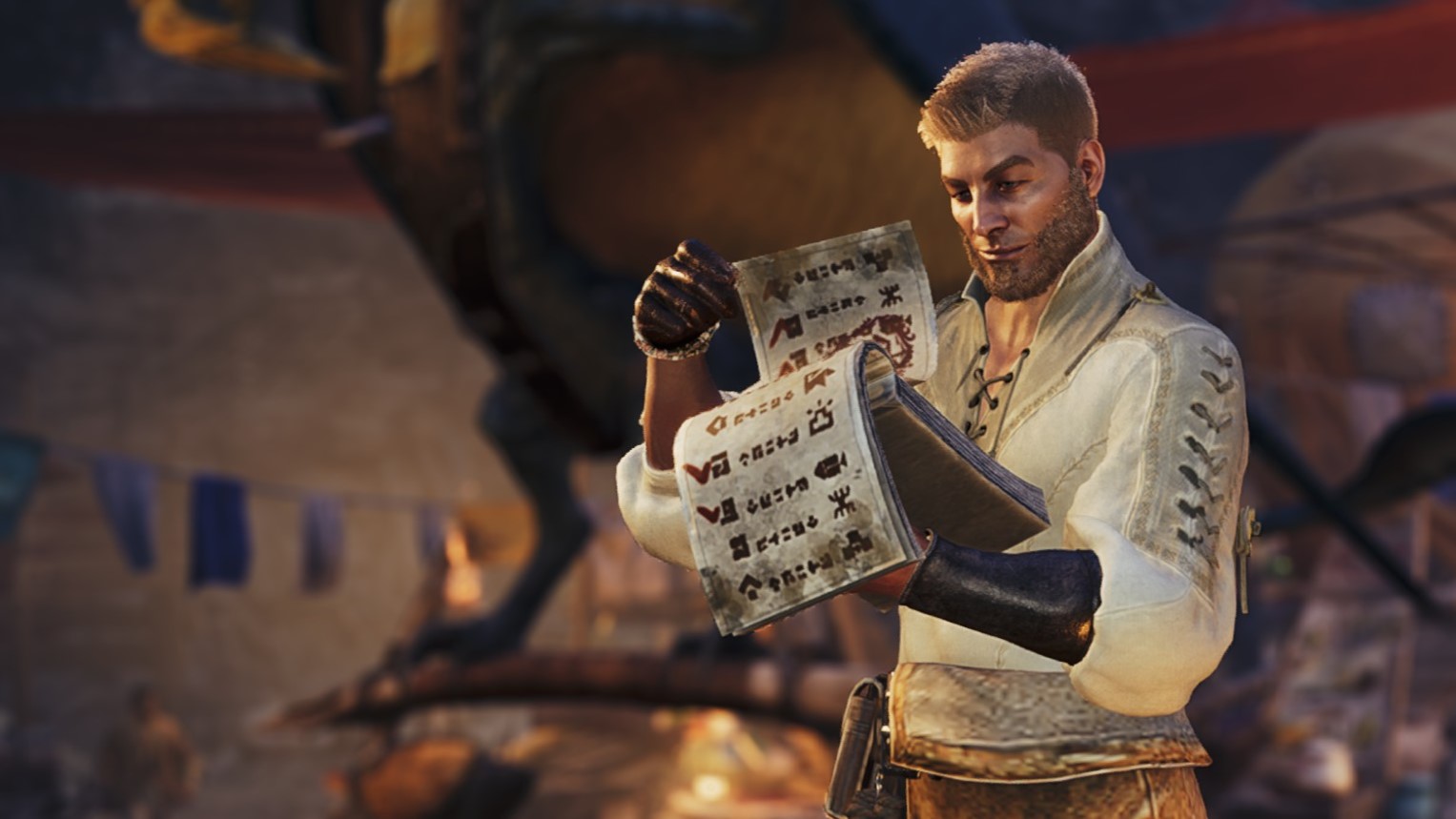Pasokon Retro is our regular look back at the early years of Japanese PC gaming, encompassing everything from specialist ’80s computers to the happy days of Windows XP.
Developer: Compile Released: 1997 Format: Windows 95 (Image credit: Compile)
I honestly can’t remember exactly when I first decided to give this colourful slice of simian silliness a go, but since then playing it has become a winter ritual. I always come back to it at this time of year, when in my part of the world the short days are cold and dark, and the long nights are colder and darker. It’s a perfect game for the holiday season, a time when there always seems to be a million things to do and my brain’s left a polite message thanking me for my interest in coherent thinking, but it won’t be back until March.
Saruyama Tengoku 2 demands absolutely nothing of any PC I’ve ever owned, which would give it a charming nostalgic feel even if I hadn’t built an annual ritual around it. The complete install folder doesn’t even clear 7MB (that’s right, megabytes), or to put it another way—the entire game takes up less room on my SSD than a single modern screenshot. It’s unfussy about where it gets played too, happily working without complaint or esoteric tweaking on every PC I’ve ever copied it across to, from creaking machines that are barely on nodding terms with USB ports to sleek modern hardware. I always have a system handy that can play it.
It’s perfect because it demands even less from me than it does my hardware. The only thing I have to do here (or can do, really) is drag a few random items into an enclosure containing five of the most expressive monkeys gaming has ever seen, and then sit back and enjoy the unfolding chimpy chaos. That’s it, that’s the whole game. There are no survival-y affection or entertainment gauges to worry about, no zoo funds to keep an eye on, and any drinking or eating the monkeys do is just for show. And I honestly wouldn’t want it any other way.
Saruyama Tengoku 2 is a toy, really. A bit of fun. A Windows 95-based snack for a tired, sunless, mind. But because that’s all it was ever meant to be, it still feels complete. Developer Compile is known for the Puyo Puyo puzzle series, though it also made shmups, RPGs, and a little of everything else. Saruyama Tengoku 2 wasn’t a typical game anyone was expected to pay premium prices for. Unlike most PC games of its day, there was no gigantic cardboard box or colour manual to flip through—it was an amusing little extra included with volume 14 of Compile’s Disc Station magazine.
This was a sort of variety magazine/floppy disc/CD combo the developer produced across several formats throughout much of the ’90s, containing everything from a few playable chapters of Wander Wonder and Puyo Puyo fan art to odd little one-offs like this. But the creators of evergreen puzzle legends and more hardcore shmups than I have the space to mention had no difficulty making an odd little one-off still feel special.
(Image credit: Compile)
(Image credit: Compile)
(Image credit: Compile)
(Image credit: Compile)
(Image credit: Compile)
Saruyama Tengoku 2’s zoo automatically goes through a simple day/dusk/night cycle, with the monkeys left unsupervised in the evenings. After a few in-game days the enclosure will automatically move on to the next season—maybe showing fireworks on a summer night, or snow on cold wintery ground—with this visual change bringing new items along with it. A cup of shaved ice is always a nice treat on a hot day, even if the monkeys tend to shovel it down their throats so fast it gives them a bad case of brain freeze.
Whatever the season, I never have to wait very long for something fun, funny, or absurd to happen. I’ve been idly passing the time with this little .exe for years now, and I still can’t be sure what’s coming next. Maybe a monkey will pick up a Walkman and enjoy listening to some music. Maybe one of them will pull off an impromptu Back to the Future gag, leaving flaming scorch marks in their wake. Maybe one of them will inexplicably evolve into a naked human (complete with a tasteful black bar to cover their exposed—ahem—”banana”) and then get whisked away by a UFO in the middle of night after a dramatic special announcement that’s designed to ape (no, I’m not sorry) those seen in Taito’s classic shmup Darius. Absolutely nothing is too weird for this game—if you can imagine it, and especially if you can only imagine it after consuming something interesting and of questionable legality, it’s probably in here somewhere.
Parachutes? Twisters? Jessica Rabbit style lady monkeys? Sure, why not.
(Image credit: Compile)
(Image credit: Compile)
(Image credit: Compile)
(Image credit: Compile)
(Image credit: Compile)
Nothing is too small to escape Compile’s meticulous attention to detail. The personalities of each cheeky chimp really shine through in their bespoke animations, the big brash lumps of muscle clearly different from the smaller simians. Some monkeys dislike certain items so much they’ll throw them straight over the back wall if they find them before someone else does. Some monkeys get into fights more often than others, complete with Looney Tunes-esque dust clouds and disembodied limbs flying everywhere. Some will stuff a plain old fish straight in their mouths and munch on the whole thing at once, while another might expertly slice it into sashimi before tucking in.
This “game” is only slightly more interactive than an animated screensaver, but back in the ’90s even animated screensavers could be inventive storytelling devices able to leave decades-long marks on our imaginations. In this context, Saruyama Tengoku 2’s apparent strangeness is just another example of an experimental genre of game-ish programs that have since sadly faded away.
And that’s why I come back to it every winter. It’s cosy. Harmless. Snug. Whether I fall asleep on my keyboard with a glass of eggnog in my hand or just want to have a quiet half an hour doing nothing in particular, Saruyama Tengoku 2’s always happy if I’m happy, and never more than two minutes away from throwing monkey lasers or magical clouds into the mix. What more could I ask for?











